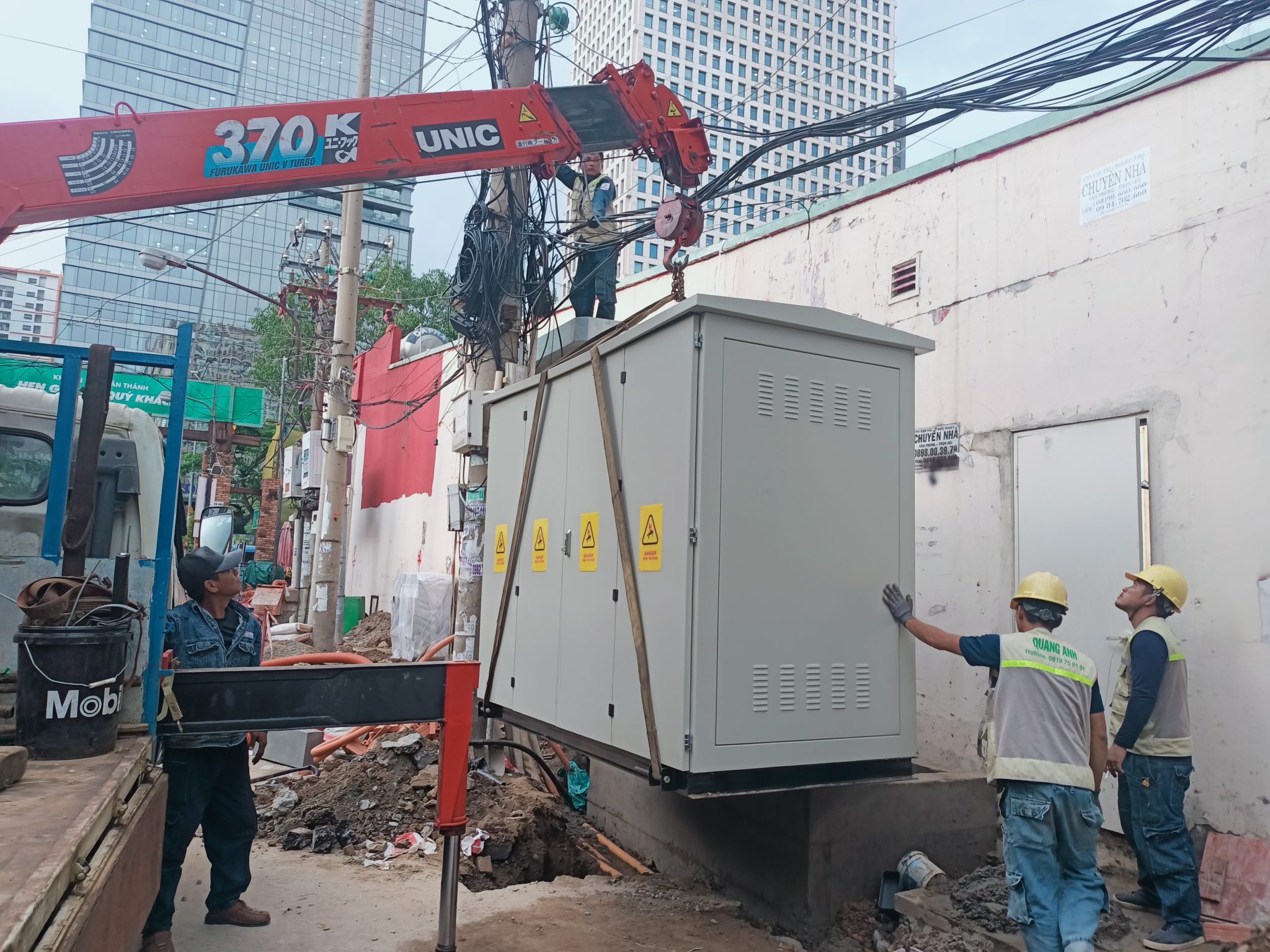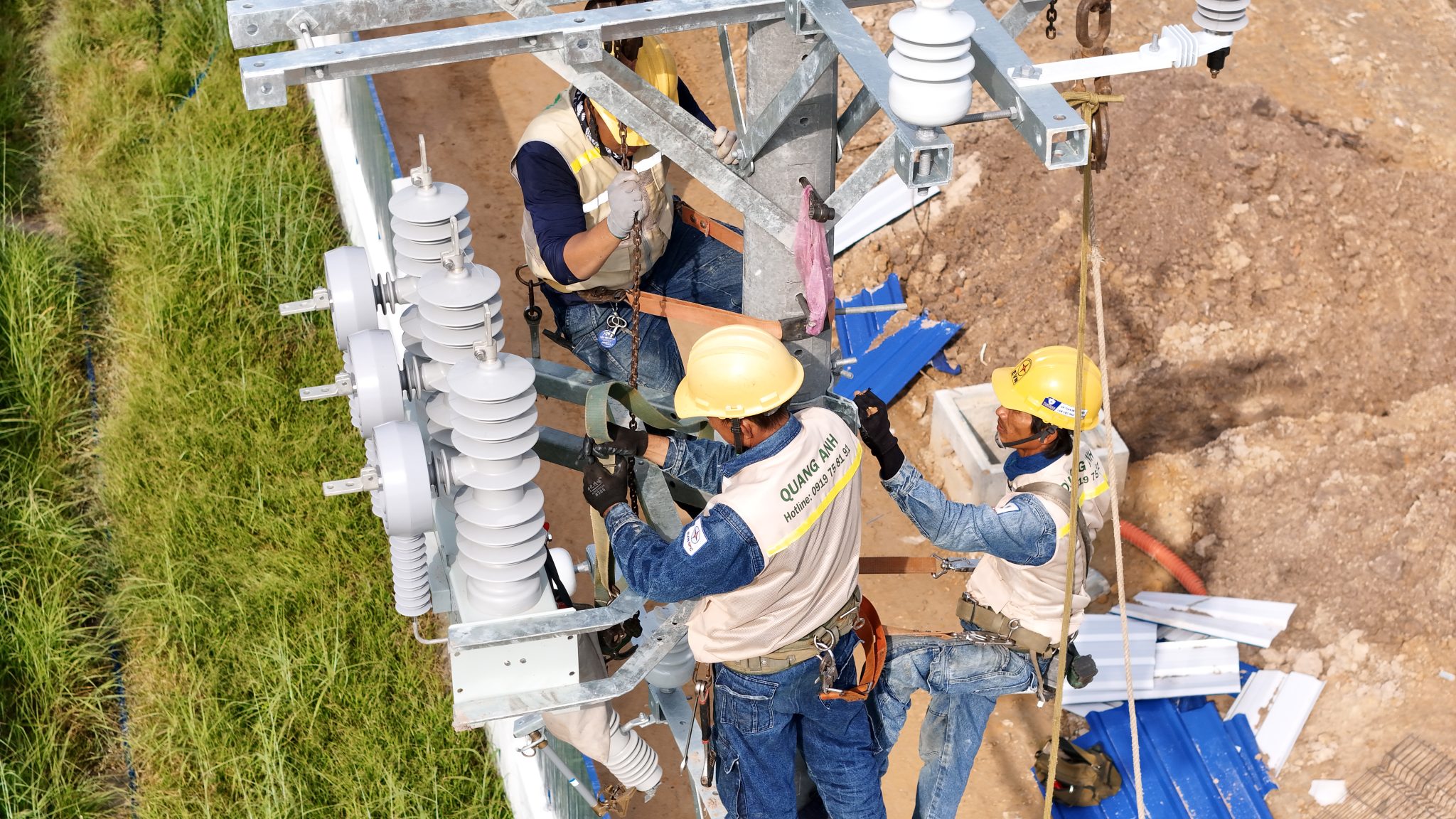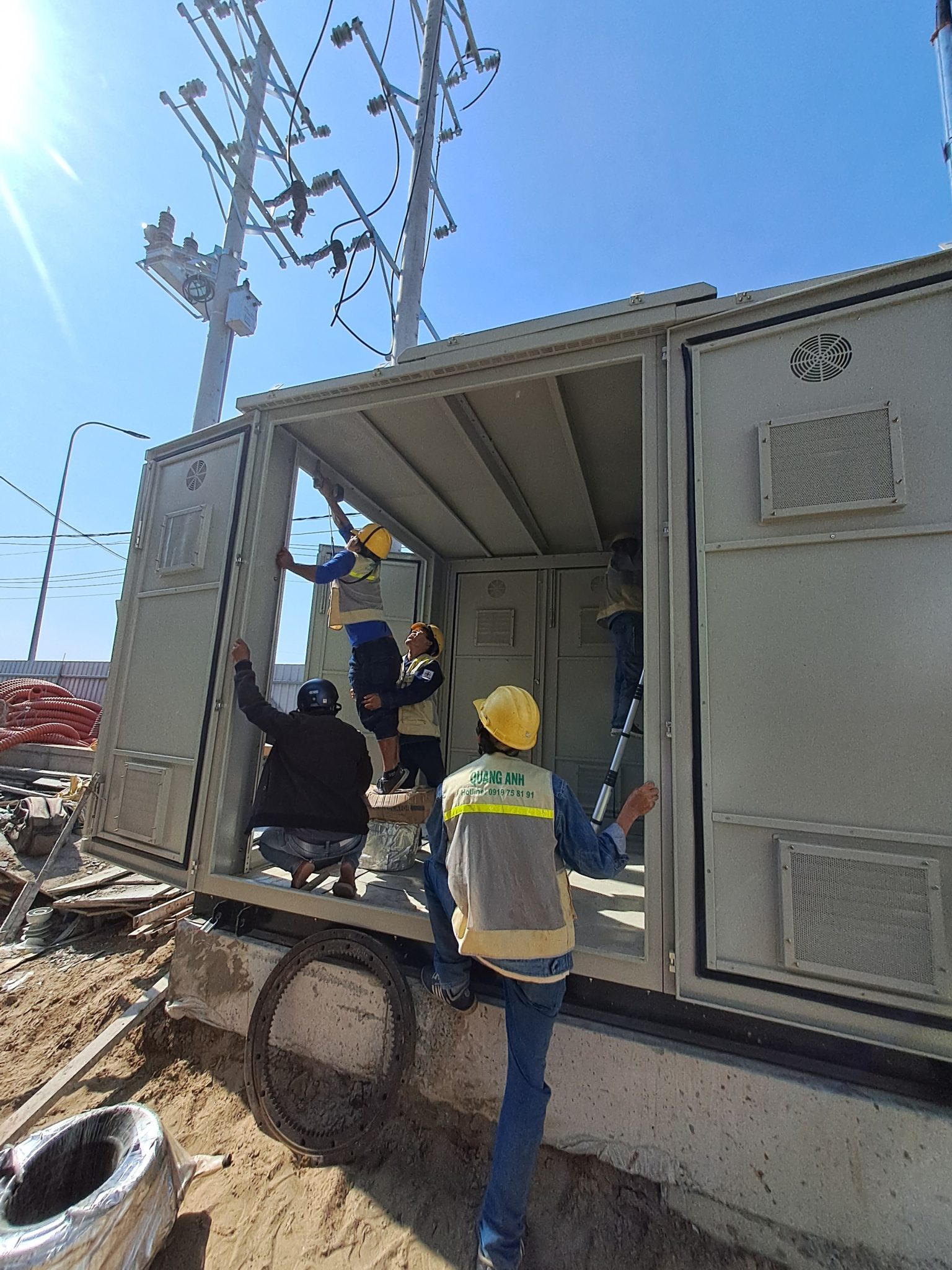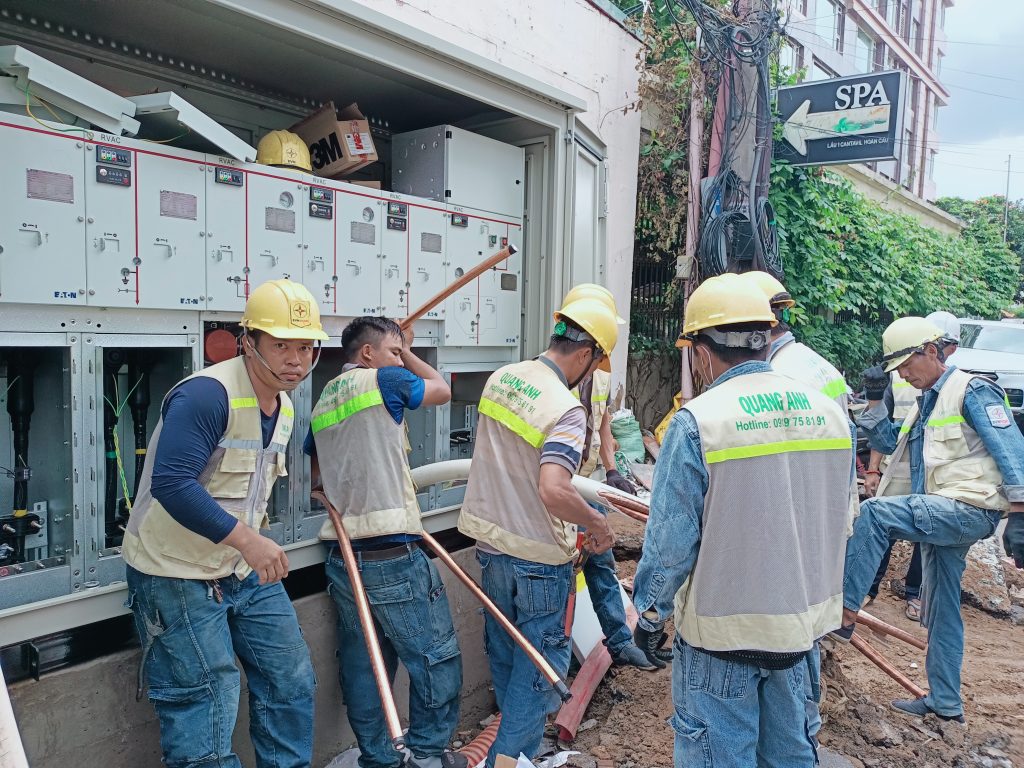News
MEP General Contractor Quotation and Superior Benefits
MEP general contractor quotations typically include mechanical, electrical, and plumbing systems and are a crucial part of industrial and civil construction projects. Learn about the principles, methods, and benefits of this quotation process.
Classification of MEP Systems
The MEP systems include mechanical systems with components such as air conditioning, ventilation, and elevators. The electrical system includes heavy, light circuits, and lighting systems. The water supply and wastewater treatment systems ensure efficient water circulation and treatment.
MEP systems are a critical foundation in any construction project, ensuring harmonious operation among mechanical, electrical, and plumbing components. Proper classification and arrangement of MEP systems play a decisive role in optimizing performance and safety for any building or project.
- Ventilation and Air Conditioning System (HVAC): The HVAC system is not merely about installing air conditioning; it includes heating and ventilation systems. These systems regulate temperature and humidity, creating a comfortable living and working environment. Additionally, accurate HVAC integration helps save energy, reducing operational costs.
- Plumbing and Sanitary System: Includes basic components like water supply and wastewater treatment. This system ensures sufficient water supply and efficient wastewater treatment, maintaining hygiene and safety, thereby enhancing user comfort.
- Electrical System: Responsible for distributing energy across the project, playing a central role with a significant portion of the project’s bulk. The MEP electrical system is divided into heavy and light electricity. Heavy electricity focuses on medium voltage panels, transformers, and main panels like MSB. Meanwhile, light electricity focuses on lighting systems, sockets, and information communication connections.
- Fire Alarm and Fire Fighting System: Designed to detect, alert, and quickly extinguish fires. From smoke detectors to automatic sprinkler systems, all aim to protect people and assets to the maximum.
MEP systems not only meet the comfort requirements but also ensure compliance with international safety standards, while being easy to coordinate and manage throughout the project’s lifecycle.

Criteria and Methods for MEP Quotation
MEP general contractor quotations are often based on criteria such as price per square meter and completion time. Quotation methods can be direct, involving material and labor costs, or indirect, including indirect expenses like insurance and taxes.
MEP systems, including HVAC systems, play a crucial role in determining construction costs for any project. To effectively quote an MEP system, understanding each component’s system alongside appropriate quotation criteria is essential.
MEP Systems
The MEP system (Mechanical, Electrical, and Plumbing) represents core elements such as:
- HVAC System: Ensures temperature and air quality in the project.
- Plumbing & Sanitary (P&S): Manages water systems and sanitary equipment.
- Electrical System: Supplies electrical energy to other devices and ensures seamless operation.
- Fire Alarm and Fire Fighting System: Ensures fire safety in the project.
Criteria for MEP Quotation
MEP system quotations should be based on:
- Design Costs: Depending on the complexity of the project and design requirements, these costs may vary.
- Materials and Equipment: Factors such as brand (e.g., Thibidi, Schneider) and usage quantity.
- Labor and Materials: Costs associated with the required quantity and quality of labor.
- Construction Equipment Costs: The value of machines and construction equipment used.
- Project Management Costs: Includes supervision and overall management expenses.
MEP Quotation Method
The standard MEP quotation process includes the following steps:
- Project Understanding: Collect information about the current architecture and technical requirements of the project.
- Project Estimation: Calculate the cost of each category based on current norms.
- Cost Calculation: Assess material, labor, and machinery costs according to market prices.
- Final Quotation: Gather and present a detailed quotation to the client.
Real-World Examples
- Design Costs: If a project requires high design demands, the M&E base design costs may constitute a significant portion of the total budget.
- Construction Equipment Costs: Use local machine price tables to determine accurate costs.
Providing an MEP quotation demands expertise in system analysis and comprehensive cost evaluation to ensure accuracy and project efficiency.

Processes and Benefits of MEP General Contractor
The MEP quotation process includes surveys, consulting, preliminary design, cost analysis, solution optimization, and providing a detailed quotation. Benefits of the MEP general contractor include cost optimization, performance enhancement, and risk reduction through backup solutions.
In the construction and execution industry, the MEP general contractor plays an essential role in managing and executing MEP projects, including Mechanical, Electrical, and Fire Prevention and Fighting systems. Below is the MEP process and the positive benefits it brings.
- Contract Signing and Project Undertaking: The initial stage in the MEP process is the general contractor signing a contract with the investor, being fully responsible as the construction general contractor. This is an important step to establish commitments and authority for the MEP project.
- Construction Solution Proposal: The general contractor is tasked with providing the most optimal construction solutions. This process helps save time and costs while improving MEP design efficiency, ensuring the highest effectiveness.
- Project Management and Operation: An essential part of the MEP process is the general contractor’s responsibility to manage and operate the project efficiently. Close collaboration with consultants, subcontractors, and related parties ensures project quality, progress, and safety.
- Estimation and Construction Schedule: The general contractor details the estimation and plans the construction schedule, providing related parties with a clear and accurate view of the resources needed for the project.
- Capacity Evaluation and Control: The final stage in the MEP process involves evaluating subcontractors’ capacity and ensuring site safety control.
In addition to clear processes, the MEP general contractor also brings many outstanding benefits:
- Optimizing Time and Cost: With experience and specialized techniques, the general contractor helps investors optimize time and control costs effectively.
- Centralized Management: With comprehensive responsibility, the general contractor helps manage projects without overlap, thereby significantly improving construction efficiency.
- Ensuring Quality and Safety: The general contractor focuses on quality and safety control, ensuring all stages meet standards.
- Effective Coordination: The general contractor races against time and coordinates flexibly with related parties, ensuring MEP projects are completed on time and to quality standards.

Offering MEP general contractor quotations can optimize investment costs, ensure operational efficiency, and minimize risks through thorough reality surveys and analysis.
Contact QuangAnhcons via Hotline: +84 9 1975 8191 to receive the most optimal and detailed MEP general contractor quotation for your project.
QuangAnhcons provides accurate MEP general contractor quotation services with optimal methods to ensure quality and efficiency for all construction projects.

 Tiếng Việt
Tiếng Việt 简体中文
简体中文 Deutsch
Deutsch 日本語
日本語 한국어
한국어 ไทย
ไทย Русский
Русский Français
Français
